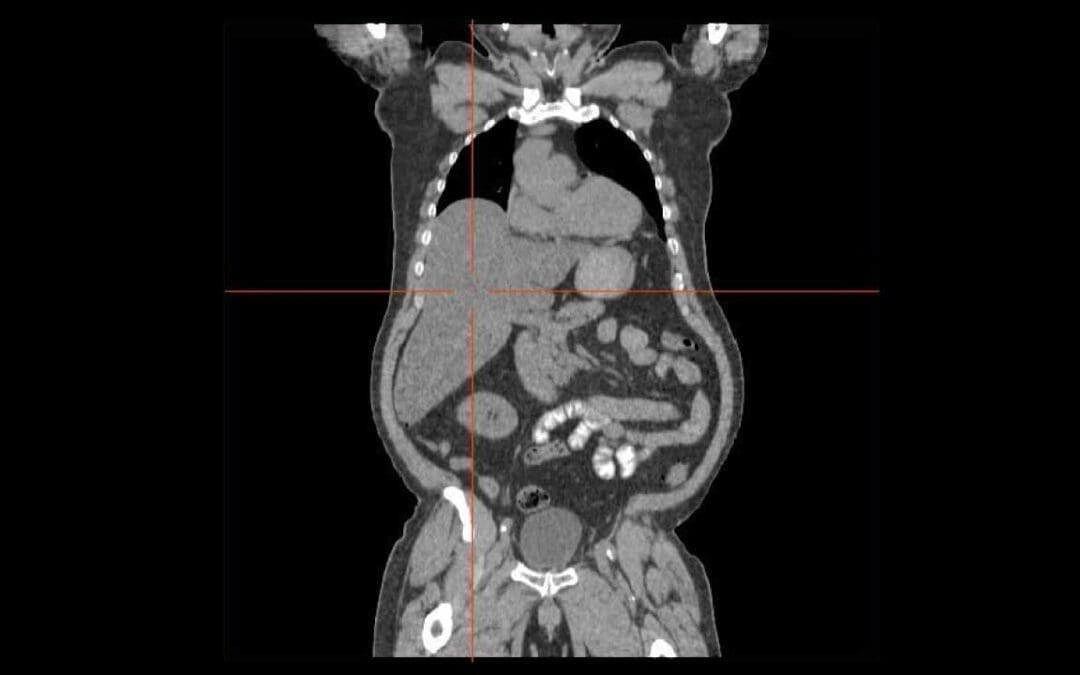
by MH Team | May 16, 2025 | Platelet Disorders
TL;DR Bernard-Soulier syndrome is inherited bleeding disorder characterized by large platelets, thrombocytopenia and impaired platelet function. Causes ▾: Mutations in GP1BA, GP1BB, or GP9 genes resulting in defects in the glycoprotein Ib-IX-V complex on...

by MH Team | May 14, 2025 | Red Blood Cells
Introduction to Hepatomegaly Hepatomegaly is the medical term for the enlargement of the liver beyond its normal size. It’s important to understand that hepatomegaly itself is not a disease but rather a clinical sign indicating an underlying pathological process...

by MH Team | May 13, 2025 | Platelet Disorders
TL;DR Hematoma is a localized collection of blood outside of blood vessels, distinct from a simple bruise. Causes ▾: Can be traumatic (blunt force, penetrating, surgery) or non-traumatic (spontaneous rupture, bleeding disorders, medications). Symptoms ▾:...

by MH Team | May 10, 2025 | Platelet Disorders
TL;DR Purpura are purple/red skin spots due to bleeding under the skin. Size distinguishes them: petechiae (<4mm), purpura (4mm-1cm), ecchymoses (>1cm/bruises). Causes ▾: Broad, often categorized by platelet count (low or normal). Low platelets...

by MH Team | May 7, 2025 | Platelet Disorders
TL;DR Petechiae are pinpoint (1-2mm), non-blanching red or purple spots on skin or mucous membranes as a results of small capillary bleeding. Causes ▾: Increased pressure (coughing, straining). Low platelet count (thrombocytopenia). Platelet dysfunction....







Recent Comments